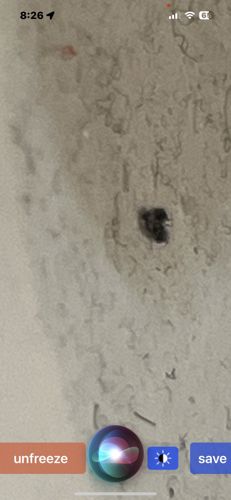Cockroach (likely German Cockroach or American Cockroach based on context)
Scientific Name: Various species possible, common ones include Blattella germanica (German Cockroach) or Periplaneta americana (American Cockroach)
Order & Family: Blattodea (Order), Blattidae or Ectobiidae (Family)
Size: Varies by species; German Cockroaches are typically 1.1-1.6 cm, while American Cockroaches can be 3.5-5 cm or larger.

Natural Habitat
Warm, humid environments, commonly found in human dwellings, restaurants, and other buildings. They prefer dark, secluded places like cracks, crevices, under appliances, and inside walls.
Diet & Feeding
Omnivorous scavengers; they eat almost anything organic, including food scraps, decaying matter, starches, sweets, meats, and even non-food items like paper, glue, and soap.
Behavior Patterns
These are typically found indoors in areas with high humidity and food sources, such as pantries, kitchens, or bathrooms. They are nocturnal and tend to hide during the day, emerging at night to forage for food. They are known for their rapid reproduction rate, which can lead to large infestations if not controlled.
Risks & Benefits
Risks: Can be vectors for pathogens, spreading bacteria (like Salmonella and E. coli) and viruses, contaminating food, and triggering allergies or asthma attacks in sensitive individuals due to their excretions and shed exoskeletons. Benefits: They play a minor role as decomposers in some ecosystems, but their presence in human environments is almost exclusively a pest issue.
Identified on: 8/29/2025